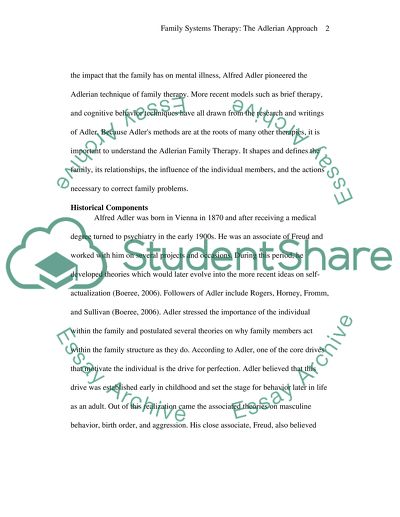Cite this document
(“Family systems therapy Essay Example | Topics and Well Written Essays - 2500 words”, n.d.)
Family systems therapy Essay Example | Topics and Well Written Essays - 2500 words. Retrieved from https://studentshare.org/miscellaneous/1544446-family-systems-therapy
Family systems therapy Essay Example | Topics and Well Written Essays - 2500 words. Retrieved from https://studentshare.org/miscellaneous/1544446-family-systems-therapy
(Family Systems Therapy Essay Example | Topics and Well Written Essays - 2500 Words)
Family Systems Therapy Essay Example | Topics and Well Written Essays - 2500 Words. https://studentshare.org/miscellaneous/1544446-family-systems-therapy.
Family Systems Therapy Essay Example | Topics and Well Written Essays - 2500 Words. https://studentshare.org/miscellaneous/1544446-family-systems-therapy.
“Family Systems Therapy Essay Example | Topics and Well Written Essays - 2500 Words”, n.d. https://studentshare.org/miscellaneous/1544446-family-systems-therapy.


